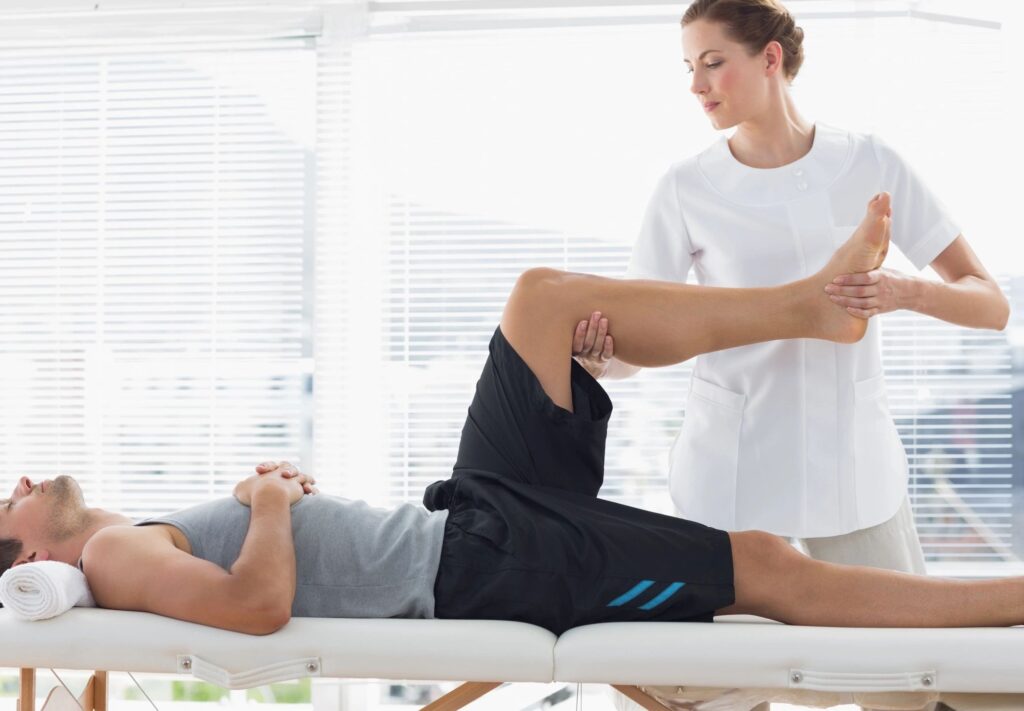What is Hip Displasia?

Hip dysplasia is a condition where the hip joint doesn’t develop properly, which can result in instability, looseness, or even dislocation of the joint. This condition is typically present at birth, although it may not be detected until later in life. In hip dysplasia, the socket portion of the hip joint is too shallow, which allows the ball portion of the joint (the top of the femur bone) to slip out of the socket or move around too much within it. This can cause pain, stiffness, and difficulty walking or performing other activities. Treatment for hip dysplasia may include medications, physical therapy, braces, or surgery, depending on the severity of the condition.
Muscles our therapist focus on to improve the pain associated with hip dysplasia:
- Hip Flexors (Iliopsoas): The hip flexors, which include the psoas major and iliacus muscles, are commonly tight in individuals with hip dysplasia. Massage can help release tension in these muscles, promoting better hip joint alignment and reducing strain on the joint.
- Gluteal Muscles: The gluteal muscles, including the gluteus maximus, medius, and minimus, play a crucial role in stabilizing the hip joint. Targeted massage techniques can address any imbalances or tightness in these muscles, improving hip stability and function.
- Tensor Fasciae Latae (TFL): The TFL muscle can become tight and contribute to hip pain. By releasing tension in the TFL, a massage therapist can help reduce strain on the hip joint and improve overall mobility.
- Adductor Muscles: The adductor muscles on the inner thigh can also be affected by hip dysplasia. Gentle massage to these muscles can help alleviate tension and improve the overall balance of the hip joint.
- Piriformis Muscle: The piriformis muscle, located deep in the buttocks, can sometimes contribute to hip pain. Massage techniques can be used to relax this muscle and reduce any pressure it might be placing on the sciatic nerve, which can lead to radiating pain down the leg.
- Hamstrings: The hamstrings, located on the back of the thigh, can become tight in response to hip instability. Relaxing these muscles through massage can help maintain proper pelvic alignment and alleviate strain on the hip joint.
Strengthening and stretching the hip can help improve hip dysplasia symptoms by improving the function and stability of the hip joint. Check with your physician to see if you’re cleared for soft tissue therapy.
Learn more about us! Check out the links below!